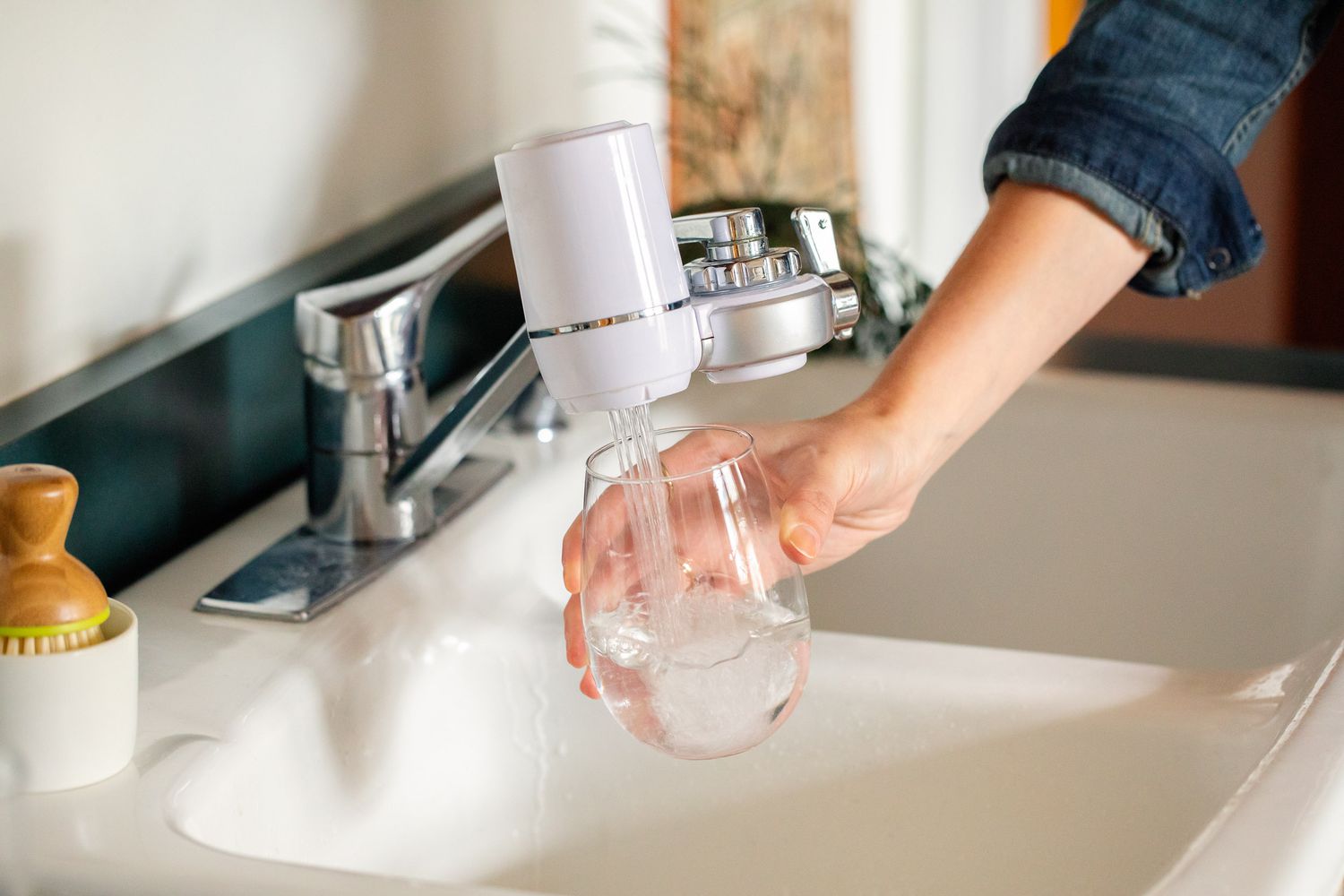Clean, safe, and fresh water is essential for our overall well-being. As concerns about water quality grow, many homeowners are turning to tap water filters as an effective solution to ensure the water they consume is free from contaminants. In this comprehensive guide, we will delve into the world of tap water filters, exploring their benefits, types, installation process, maintenance, and more.
Why Tap Water Filters Matter
- Understanding Water Contaminants
Tap water, while treated by local authorities, can still contain various contaminants like chlorine, lead, bacteria, and sediment. These pollutants can affect the taste, smell, and even pose health risks. - Ensuring Health and Safety
Clean water is vital for good health. Filtering tap water can remove harmful substances, safeguarding you and your family from potential health issues. - Environmental Impact
Drinking filtered tap water reduces the need for bottled water, thus contributing to a reduction in plastic waste and environmental pollution.
Types of Tap Water Filters
- Activated Carbon Filters
These filters use activated carbon to trap impurities and chemicals, improving taste and odor. They are effective against chlorine, volatile organic compounds (VOCs), and some heavy metals. - Reverse Osmosis Filters
This advanced filtration system removes a wide range of contaminants by forcing water through a semi-permeable membrane. It’s effective against bacteria, viruses, heavy metals, and more. - UV Filters
UV filters use ultraviolet light to kill bacteria, viruses, and other pathogens in water, making it safe to drink. They do not remove physical impurities. - Ceramic Filters
Ceramic filters contain small pores that trap sediments, bacteria, and larger particles, ensuring water purity. They may not remove chemical contaminants.
Installing Tap Water Filters
- Choose the Right Location
Select a spot near the water source and ensure there’s enough space for the filter and potential plumbing modifications. - Read the Manual
Each filter brand may have unique installation steps. Follow the provided instructions carefully. - Tools You Might Need
Basic tools like wrenches, pliers, and a drill might be necessary for certain installations.
Maintaining Your Tap Water Filter
- Regular Filter Replacement
Filters have a lifespan; adhere to the manufacturer’s guidelines for replacement. Ignoring this can lead to reduced filtration efficiency. - Cleaning and Sanitizing
Some filters, like ceramic ones, require periodic cleaning to prevent clogging. UV filters might need their bulbs replaced annually. - Monitoring Water Flow
If water flow becomes slow despite a new filter, it could indicate a clog or an issue with the filter housing.
FAQs about Tap Water Filters
- Do tap water filters remove all contaminants?
No, the effectiveness of a filter depends on its type. Activated carbon filters remove some contaminants, while reverse osmosis filters are more comprehensive. - How often should I replace my filter?
The replacement frequency varies. Activated carbon filters might need replacement every 2-3 months, while RO filters can last 1-3 years. - Can I install a tap water filter myself?
Installation difficulty varies. Some filters are easy to install, while others might require professional help.
Conclusion
Investing in a tap water filter is a smart move towards ensuring the quality and safety of the water you and your family consume. By understanding the types of filters available, the installation process, and the maintenance requirements, you can make an informed decision that aligns with your water filtration needs.

